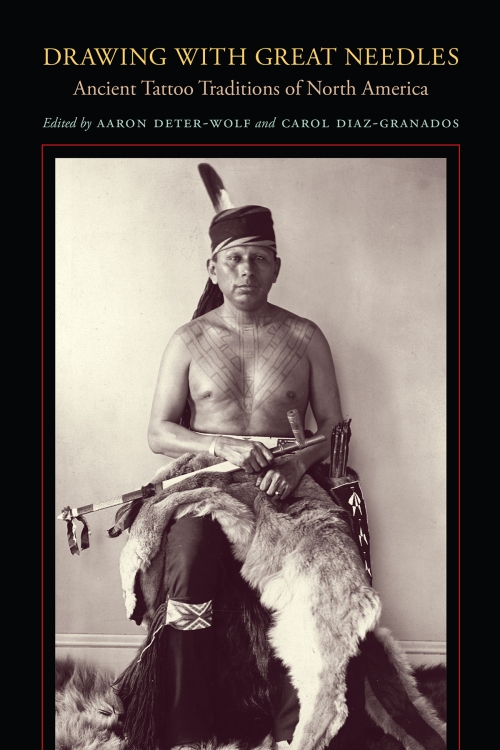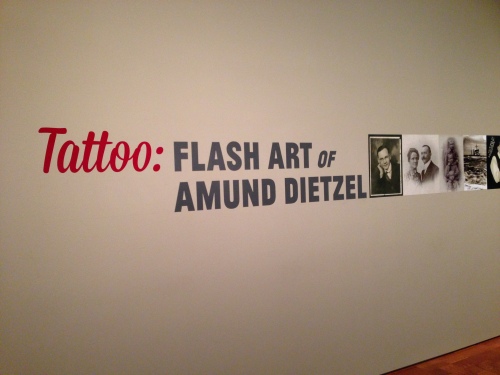Attention all who write or might want to write about tattoo history and/or culture!
(This includes journalists, bloggers, academics, and more…)
Here’s a handy list of a dozen questions to ask yourself both before and after composing your piece of writing–relevant to everything from a short social media post to a dissertation or book.
(See longer explanation of the origins of this list below.)
1. Do you understand the difference between folklore and historical fact? Are you conflating folklore with historical fact?
2. Are you looking at history through a contemporary lens? Is this producing an anachronistic reading of history?
3. Are you looking at another culture through your own culture’s lens? Is this producing a biased reading of that culture?
4. Have you triple-checked your dates? If there are date inconsistencies, how did you resolve them?
5. Are the foundations of your research in primary sources (historical documents, field research, etc.)? Are you pigeonholing or cherry picking primary sources to fit a thesis that was externally developed?
6. Are you interested in theory (gender, performance, biography, identity, criminology, etc.) BEFORE tattooing? If so, are you cherry picking your primary sources to make the theoretical case you set out to, rather than letting the evidence guide the theory? If you’re relying on secondary sources, have they done the same?
7. Do you understand that journalistic sources, even (or perhaps, especially) then-contemporary ones, must always be treated skeptically unless backed up by other lines of evidence?
8. What are the dates on your secondary sources? If they are not recent, do you have a good reason for using an older source?
9. What are the backgrounds of the scholars who wrote the secondary sources you are using? How long have they been researching tattooing? Do they have any tattoos? What are their credentials? (None of these are guarantees of good scholarship, but important questions to ask.)
10. Do you know that the major sources of western tattoo history: Burchett’s “memoirs” and Parry, upon which most of the others confound, but also Ebensten, Hambly, Steward, and Scutt & Gotch, are all fatally flawed in various major and minor ways? Do you know that even some of the otherwise excellent edited anthologies of the first wave of new tattoo scholarship (e.g. Caplan, Thomas et al.) have sections that have subsequently been proven untrue?
11. Did the historic figure you’re claiming had a tattoo actually have one? Was it confirmed in a first hand source such as a diary, photograph, medical record, or military record? (Tattooers claiming certain people as clients doesn’t count.)
12. Are you reiterating or perpetuating any broad popular assumptions that might be myth? Two classic myth examples are that modern Western tattooing derived from Cook’s voyages to Polynesia and that Western tattooing was previously only the purview of sailors, bikers, criminals, gangs, the lower class, etc. etc.
Continue reading →

















